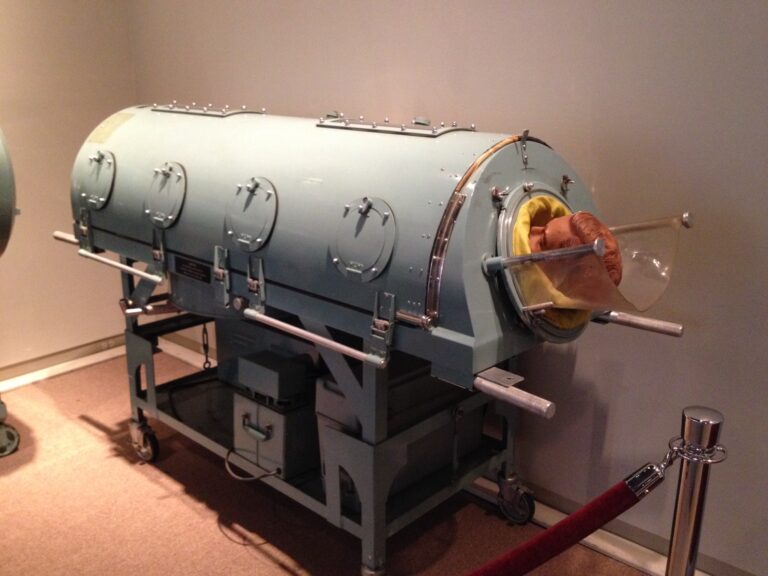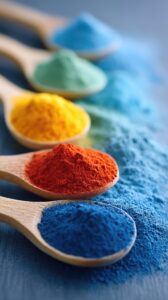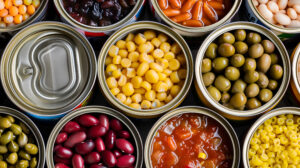Prior to the introduction of vaccines, hundreds of thousands would die annually in the U.S. from infectious diseases such as measles, mumps, smallpox, and polio. In fact the disparity between the pre- and post-vaccine availability is extreme as shown in the chart below compiled by Vox.

While a comparison of the numbers in the chart may make polio feel less significant, its impact is made obvious by the WHO statistics that one in 200 polio infections leads to irreversible paralysis (generally in the legs), such as that which afflicted the 32nd President of the US, Franklin D. Roosevelt, who was confined to a wheelchair much of his adult life. Of those who become paralyzed, 5–10% die when their breathing muscles become immobilized. While those who reach the point of nearly immobilized breathing muscles can live, it can require that they spend the better part of their life in an iron lung. In fact, there are people who, even today, spend nearly every night – or night and day – in an iron lung having contracted polio as a child.
There is no cure for polio, which is a highly infectious disease, but it can only be prevented with vaccination being the safest and most effective protection. Anyone who is not vaccinated risks developing polio, as even those who are asymptomatic can spread the disease.
Polio has been nearly eradicated in the US through the use of vaccines. However, with today’s global nature of travel and supply acquisition, the potential of a person who traveled to an area where the disease still occurs, such as Pakistan and Afghanistan, and carrying it back (perhaps asymptomatically) to family, friends, and associates is very real.
COVID Risk Matrix:

Influenza:


- Two combination vaccine candidates for COVID-19 and the flu from Sanofi have been granted fast track designation by the US FDA for individuals aged 50 years and older. This will enable an expedited review of the vaccines.
- A CDC report shows that influenza vaccination rates among healthcare personnel have not returned to their pre-demic levels. It was estimated that about 81% of personnel were vaccinated. Rates of vaccination were the highest in the Mountain region (84.5%) and lowest in the Pacific region (74.3%). Acute care hospitals in 38 states had influenza vaccination coverage of at least 75% for healthcare personnel.
- Worldwide, the number of dengue cases is increasing. A study focused on Puerto Rico shows that there has been a shift in serotype predominance and increasing percentages of cases in age groups ≥20 years. The current dengue outbreak also has a higher rate of hospitalizations, occurring now in more than 50% of cases. These changes may be due to changes in levels of population immunity; higher infection and transmission rates in more prevalent serotypes; the presence of underlying comorbidities especially among older people; or higher rates of testing by healthcare personnel.
- Through Sept 30, 2024, Afghanistan reported 23 wild polio cases, the highest number in 4 years. Factors including the ongoing humanitarian crisis have resulted in declining vaccination rates. To combat this, vaccination campaigns and routine childhood immunization efforts must be strengthened to work toward stopping transmission.
- The California Department of Food and Agriculture (CDFA) has issued a recall for raw milk produced by Valley Milk Simply Bottled in Stanislaus County due to positive tests for avian flu (H5N1) in bulk-milk samples. This marks the second raw milk recall in California, following an earlier recall involving Raw Farms. The recall affects quarts, half-gallons, and gallon plastic jugs with date codes from December 23 to December 30. While no human illnesses have been reported, two cat deaths were linked to Raw Farms’ products.





